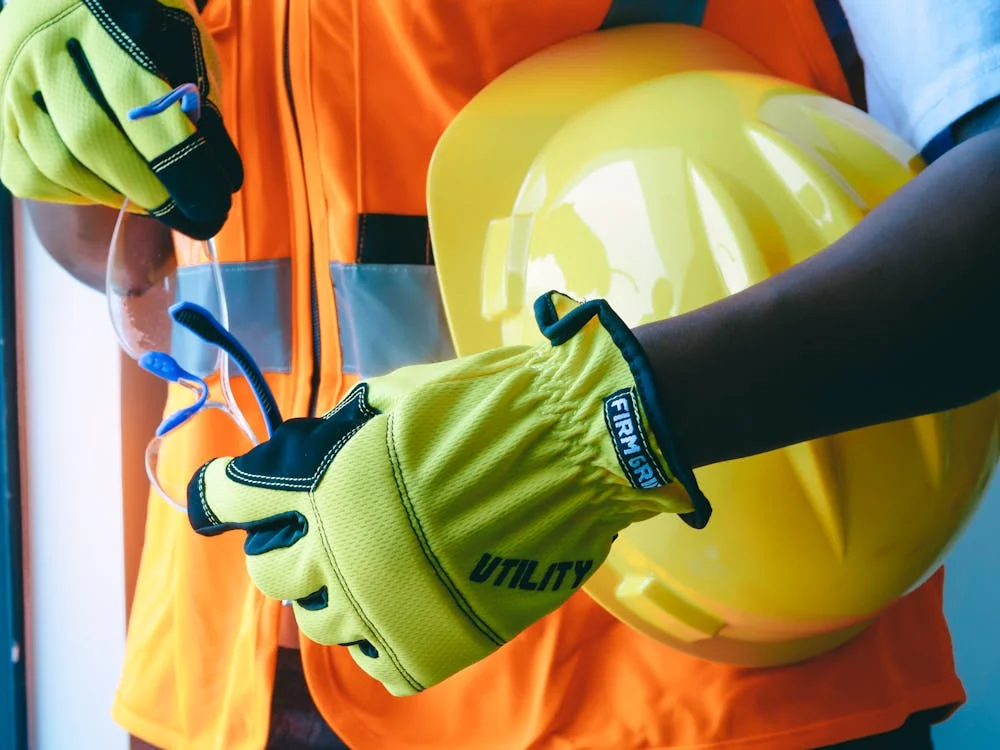
Walk through any African city today, and you’ll see construction everywhere. Tower cranes in Lagos, new highways in Nairobi, railways in Addis Ababa, housing projects in Accra, and power plants along the Nile. This is the face of Africa’s infrastructure boom. Behind these projects are millions of workers, and every one of them needs the right workwear to stay safe, comfortable, and productive.
Workwear here is not just fabric and stitches. It’s a safety net, a productivity tool, and a badge of professionalism. And for distributors, agents, and traders, it’s a growing market that—if you play it smart—can become a goldmine.
This guide dives deep into market size, demand trends, product must-haves, material choices, sourcing pitfalls, compliance issues, and real-life buyer stories from across Africa’s construction boom.
Africa’s construction boom drives massive demand for workwear like reflective vests, durable coveralls, safety boots, and helmets. Key markets include Nigeria, Kenya, Ethiopia, and South Africa. Buyers prioritize cost-effectiveness, comfort in hot climates, and compliance with international safety standards. The opportunity lies in offering affordable yet certified workwear that meets both local and international requirements.
Why Africa’s Construction Growth Creates Workwear Demand
Africa’s construction industry is one of the fastest growing in the world. Let’s break down why that matters for workwear.
-
Massive infrastructure projects
Governments and private investors are pouring billions into infrastructure. From Ethiopia’s Grand Renaissance Dam to Kenya’s Standard Gauge Railway, these mega-projects employ tens of thousands of workers. Each worker requires multiple sets of workwear per year due to wear, tear, and hygiene. -
Government investment & foreign funding
Initiatives like China’s Belt and Road, plus funding from the World Bank and African Development Bank, are fueling construction. Every new project comes with health and safety requirements—meaning certified workwear is a mandatory part of the procurement list. -
High accident rates
According to the ILO, construction is one of Africa’s most dangerous industries. Poor visibility, falling debris, heat stress, and unsafe equipment contribute to accidents. Workwear such as reflective vests, helmets, gloves, and boots can significantly reduce risk. Companies that ignore this often face lawsuits, project delays, or worker strikes. -
Hot and diverse climates
Africa’s climate is unique: scorching deserts in the north, humid tropics in the west, and cooler highlands in the east. Standard European-style heavy cotton coveralls simply don’t work here. Workers need lightweight, breathable fabrics that still provide durability. This creates a niche for specially adapted workwear. -
Rising middle class and professionalism
Beyond safety, workwear is becoming a symbol of professionalism. Contractors competing for international projects need their workers to look uniform and well-equipped. A properly dressed team wins trust from investors, auditors, and local communities.
Real-World Cases from African Construction Sites
Case #1 – Highway Project in Kenya
In 2022, workers paving a new Nairobi-Mombasa expressway were given heavy 100% cotton overalls. Temperatures soared to 34°C, and within weeks, multiple workers reported heat exhaustion. Productivity dropped.
Fix: The contractor switched to polyester-cotton blend overalls with reflective stripes. The lighter fabric improved comfort, and reflective details enhanced visibility during night shifts. Output per worker increased by 15%.
Case #2 – Cement Plant in Nigeria
A distributor supplied a batch of low-cost PVC safety boots to a cement factory in Ogun State. Within three months, the boots cracked due to constant contact with cement dust and alkaline water. Replacements cost the company both time and money.
Solution: After testing, they upgraded to nitrile-PVC blended boots with reinforced soles. The lifespan doubled, reducing replacement frequency and cutting annual boot expenses by nearly 40%.
Case #3 – Rail Project in Ethiopia
During night operations on a railway project, workers without high-visibility vests had multiple near-misses with heavy machinery. One accident nearly caused a fatality.
Outcome: Reflective safety vests were made mandatory, especially for night shifts. After implementation, accident rates dropped, and international inspectors praised the project’s improved safety record.
Case #4 – Housing Project in Ghana
Workers were using local fabric hats instead of helmets. During roof installation, a worker suffered a head injury from falling debris. The cost of treatment and work stoppage exceeded $20,000.
Lesson: Even in smaller housing projects, helmets are essential. The contractor now requires every worker to wear HDPE helmets sourced from an international supplier.
Case #5 – Bridge Construction in Tanzania
A distributor tried supplying thick leather gloves for rebar workers. Workers refused to wear them because they were too stiff in the hot climate. Instead, many worked barehanded, leading to cuts and infections.
Adjustment: The distributor replaced them with lightweight nitrile-coated gloves, which provided grip and protection while remaining flexible and breathable. Adoption rate jumped to nearly 100%.
These stories show that wrong workwear is not just uncomfortable—it can kill projects. On the other hand, the right product builds trust, saves money, and locks in repeat orders from contractors.
Standards & Compliance for African Construction Workwear
In Africa’s booming construction market, compliance isn’t just a box to tick—it’s the difference between winning a contract and losing credibility. International contractors and donors (World Bank, AfDB, EU, BRI projects) often require PPE and workwear that meet global standards.
| Standard | What It Covers | Why It Matters in Africa |
|---|---|---|
| EN ISO 13688 | General workwear requirements (ergonomics, labeling, harmlessness) | Ensures basic safety and durability. |
| EN ISO 20471 | High-visibility clothing | Vital for night construction and roadside work. |
| EN ISO 11612 | Flame-resistant clothing | For welding, oil, and energy-linked projects. |
| EN 343 | Protection against rain & wet conditions | Useful in tropical Africa (West Africa monsoons). |
| ANSI/ISEA Z89.1 | Industrial head protection (helmets) | Often required in multinational projects. |
| SANS Standards | South African Bureau of Standards | Increasingly recognized across southern Africa. |
Key insight: For traders and distributors, offering EN or ANSI certified products instantly builds trust and helps secure deals with larger contractors.
Key Workwear Items in Africa’s Construction Boom
Different projects call for different essentials, but some products are must-haves across the continent.
| Workwear Item | Function | Material Recommendation |
|---|---|---|
| Reflective Vests | Visibility in traffic-heavy or low-light sites | Polyester mesh with reflective tape |
| Durable Coveralls | Protects against dirt, minor abrasions | Poly-cotton blend (lighter for hot weather) |
| Safety Boots | Prevents crush injuries and slips | Nitrile-PVC blend, SRC slip-resistant soles |
| Helmets | Protects from falling debris | HDPE with adjustable suspension |
| Gloves | Hand protection (cuts, chemicals, grip) | Nitrile-coated or PU-coated fabric |
| Safety Glasses/Goggles | Eye protection from dust and debris | Polycarbonate, anti-fog |
| Ear Protection | For noisy sites like cement plants | Ear plugs or earmuffs, EN 352 standard |
Material Selection Tips for African Conditions
Africa’s climate diversity makes material choice critical.
- Poly-cotton (65/35 blend): Lighter, more breathable than 100% cotton but still durable. Perfect for hot climates.
- Polyester Mesh: Ideal for reflective vests; allows air flow in extreme heat.
- Nitrile & PU Coatings: Long-lasting, resistant to oils, solvents, and easier to clean than leather.
- HDPE Helmets: Lightweight, durable, affordable—better suited for large-scale distribution.
- Moisture-Wicking Fabrics: Keep workers dry in humid areas (West Africa, coastal projects).
⚠️ Pro tip: Avoid thick leather boots and heavy cotton coveralls in tropical regions—they trap heat and reduce worker compliance.
Layering Strategy for Africa’s Diverse Climates
Africa may be hot, but some regions experience cool nights and seasonal rains. Smart layering improves comfort and compliance.
- Base Layer: Lightweight, moisture-wicking T-shirt to reduce sweat.
- Mid Layer (Optional): Thin fleece or long-sleeve shirt for cooler nights in East African highlands.
- Outer Layer: Reflective vest or light coverall that provides protection and visibility.
- Accessories: Hat with neck flap for sun, rain jacket (EN 343) for wet seasons.
This approach keeps workwear flexible across regions, saving traders from overstocking seasonal products.
Procurement Mistakes to Avoid
Distributors and contractors often make costly errors. Here are the big ones:
- Buying cheapest gear only. Workers won’t wear uncomfortable gear, and it leads to high replacement rates.
- Ignoring certification. A non-certified helmet may save $1 upfront but lose a $1M contract.
- Overlooking local climate. Importing heavy EU-style overalls for Nairobi’s heat = wasted stock.
- Poor size range planning. African workforces are diverse—always stock multiple sizes.
- Skipping field tests. What works in China’s factories may fail in Lagos construction sites.
Cost-Benefit Analysis: Wrong vs. Right Workwear
Here’s what the numbers look like when contractors cut corners:
| Scenario | Without Correct Workwear | With Correct Workwear | Annual Savings |
|---|---|---|---|
| Heat-related downtime (50 workers) | $30,000 lost productivity | $5,000 in breathable coveralls | $25,000 saved |
| Cement boot failures (100 workers) | $18,000 replacement costs | $10,800 nitrile-PVC boots | $7,200 saved |
| Head injury from falling debris | $20,000 medical + stoppage | $3,500 for certified helmets | $16,500 saved |
| Project inspection delays | Lost contract worth $500,000 | Certified PPE investment $30,000 | $470,000 saved |
Lesson: The “cheap-first” approach backfires. Certified, climate-adapted workwear pays for itself many times over.
Conclusion: The Right Workwear is the Foundation of Africa’s Construction Growth
Africa’s construction boom is rewriting skylines and reshaping economies. But behind every bridge, road, housing block, and power plant are workers whose safety and productivity depend on the right workwear.
For traders, agents, and distributors, this is more than just a supply opportunity—it’s an entry point into long-term partnerships with contractors, government projects, and multinational firms. The distributors who succeed will be those who:
- Understand Africa’s diverse climate and adapt product choices.
- Provide certified, durable, and climate-appropriate workwear.
- Educate contractors on the cost savings of correct PPE.
- Deliver consistent quality that builds trust and repeat orders.
The market is large, growing, and still under-served in many regions. If you can bring the right balance of affordability, compliance, and adaptability, Africa’s construction boom can be your business boom.
Your Next Step
If you are a distributor, agent, or contractor in Africa looking for reliable workwear sourcing from China, here’s how to move forward:
- ✅ Request product catalogs with certifications (EN, ANSI, SANS).
- ✅ Start with trial orders to test in your market.
- ✅ Explore customization options (logos, colors, reflective stripes) to differentiate.
- ✅ Partner with suppliers experienced in African climates and compliance requirements.
📩 Contact us today to discuss how we can help you supply the right workwear for Africa’s booming construction sector. Whether you need reflective vests for road crews, flame-resistant coveralls for power plants, or durable safety boots for cement workers—we can support you from design to delivery.
Zion Zhang
Recent Posts
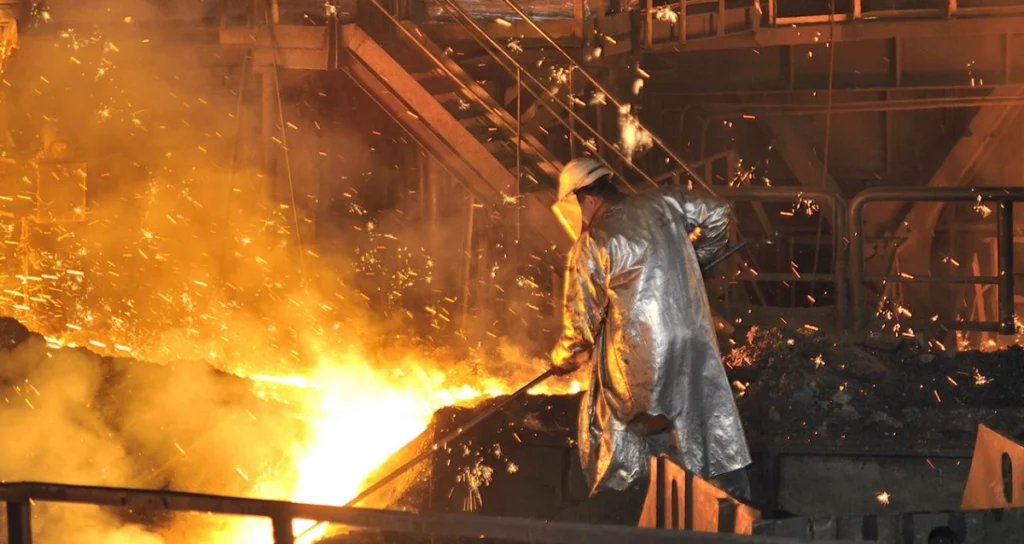 Workwear for South American Logistics & Warehousing: Comfort and Safety in Long Shifts2025年9月16日South America’s logistics and warehousing industry is […]
Workwear for South American Logistics & Warehousing: Comfort and Safety in Long Shifts2025年9月16日South America’s logistics and warehousing industry is […]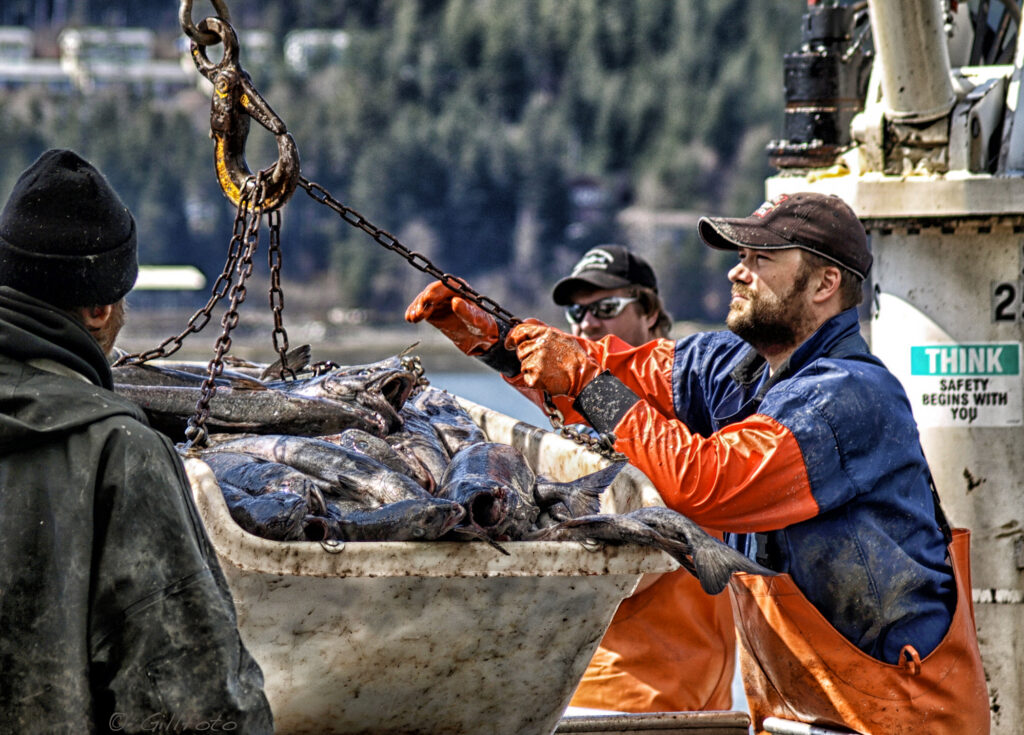 Workwear for Latin American Fishing & Ports: Waterproofing and Corrosion Resistance2025年9月12日Fishing and port industries in Latin America are the […]
Workwear for Latin American Fishing & Ports: Waterproofing and Corrosion Resistance2025年9月12日Fishing and port industries in Latin America are the […]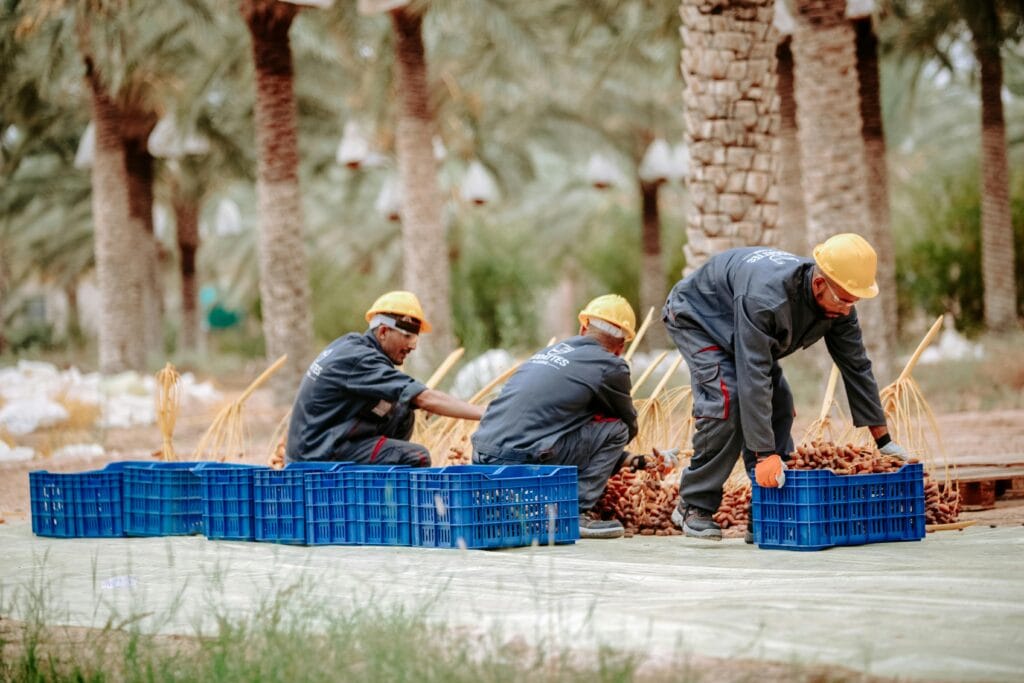 Workwear for South American Agriculture: Durability, Comfort, and Compliance2025年9月12日Agriculture in South America is one of the world’s largest […]
Workwear for South American Agriculture: Durability, Comfort, and Compliance2025年9月12日Agriculture in South America is one of the world’s largest […]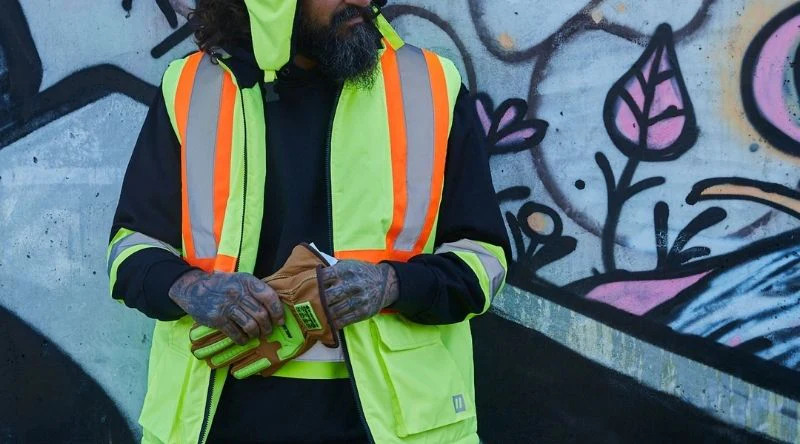 High-Visibility Workwear in African Infrastructure Projects: Safety, Standards, and Sourcing Opportunities2025年9月12日From Nairobi’s highways to Lagos’s ports and Addis Ababa’s […]
High-Visibility Workwear in African Infrastructure Projects: Safety, Standards, and Sourcing Opportunities2025年9月12日From Nairobi’s highways to Lagos’s ports and Addis Ababa’s […]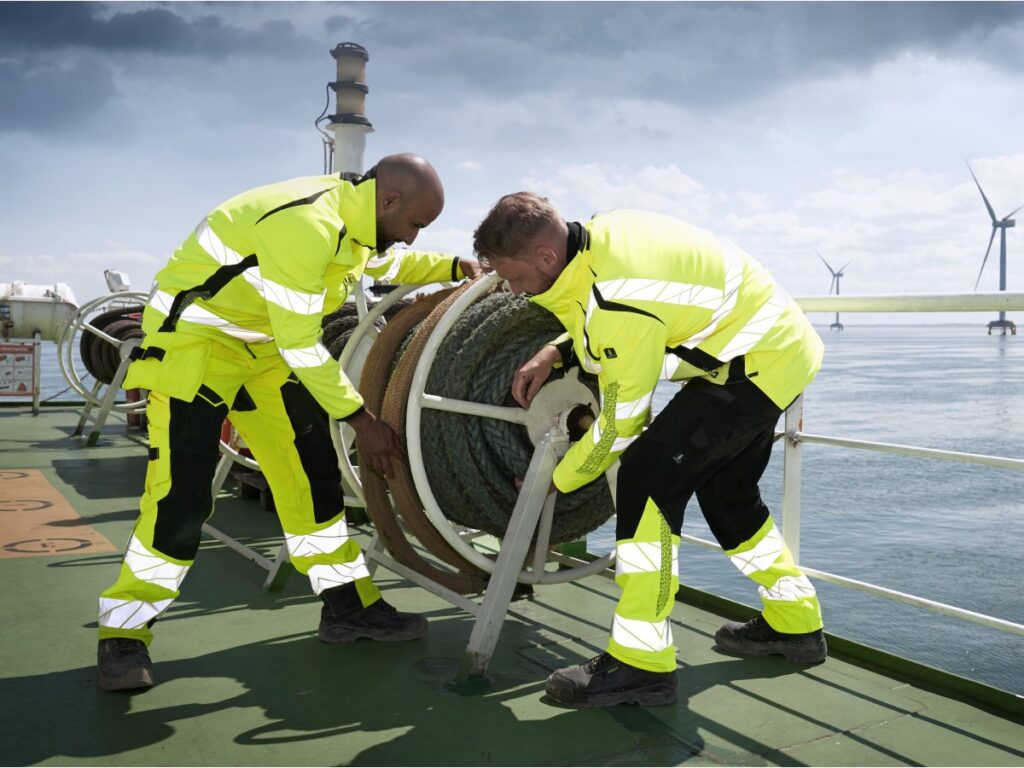 Flame-Resistant Workwear in the Middle East Oil & Gas Industry: Safety, Standards, and Sourcing2025年9月11日In the deserts of Saudi Arabia, the offshore rigs of Qatar, […]
Flame-Resistant Workwear in the Middle East Oil & Gas Industry: Safety, Standards, and Sourcing2025年9月11日In the deserts of Saudi Arabia, the offshore rigs of Qatar, […] Workwear in Africa’s Construction Boom: Demand, Trends, and Opportunities2025年9月11日Walk through any African city today, and you’ll see […]
Workwear in Africa’s Construction Boom: Demand, Trends, and Opportunities2025年9月11日Walk through any African city today, and you’ll see […]
CONTACT US
- Feel free to contact us any time. We will get back to you as soon as we can!
- +86-17330061805
